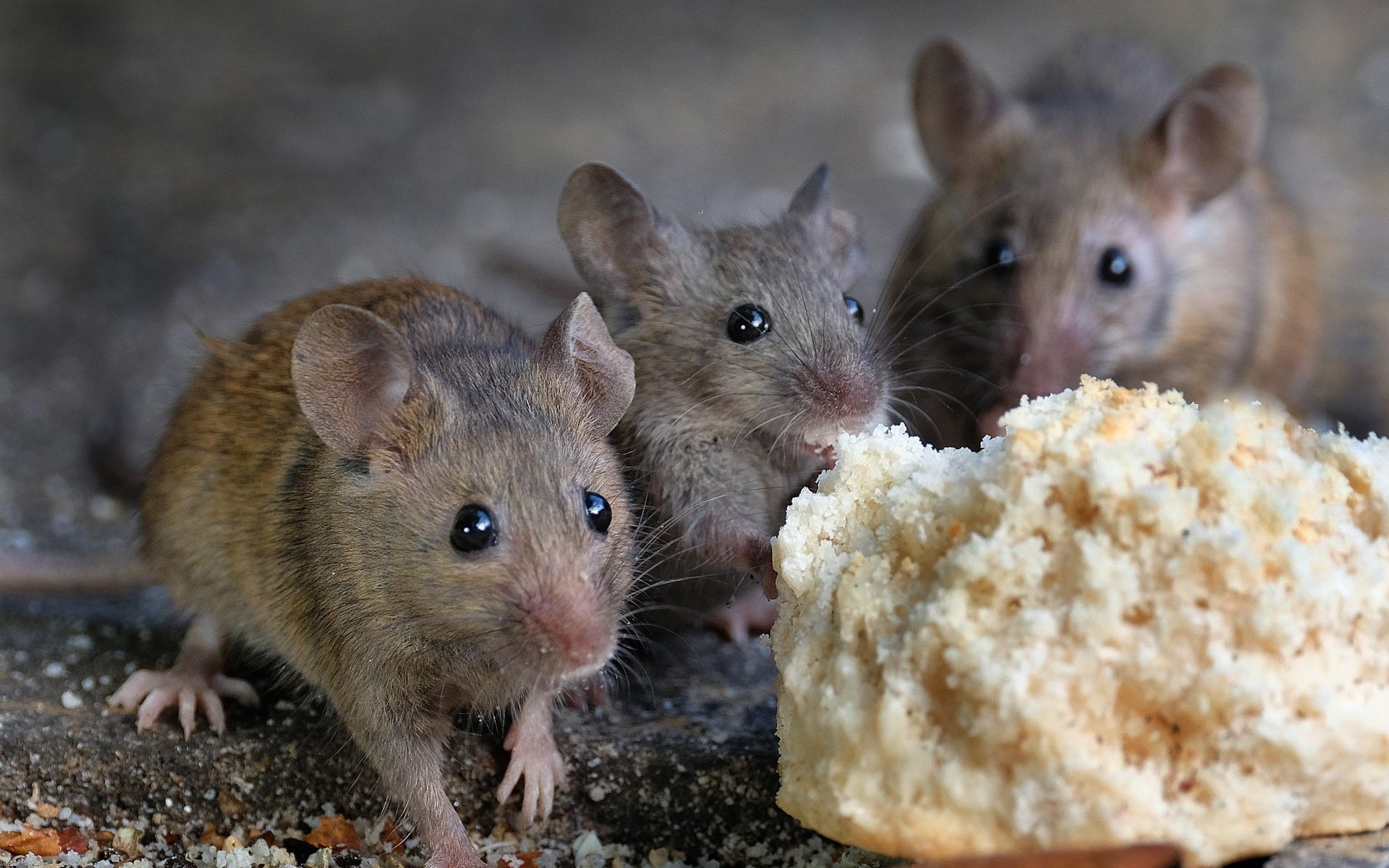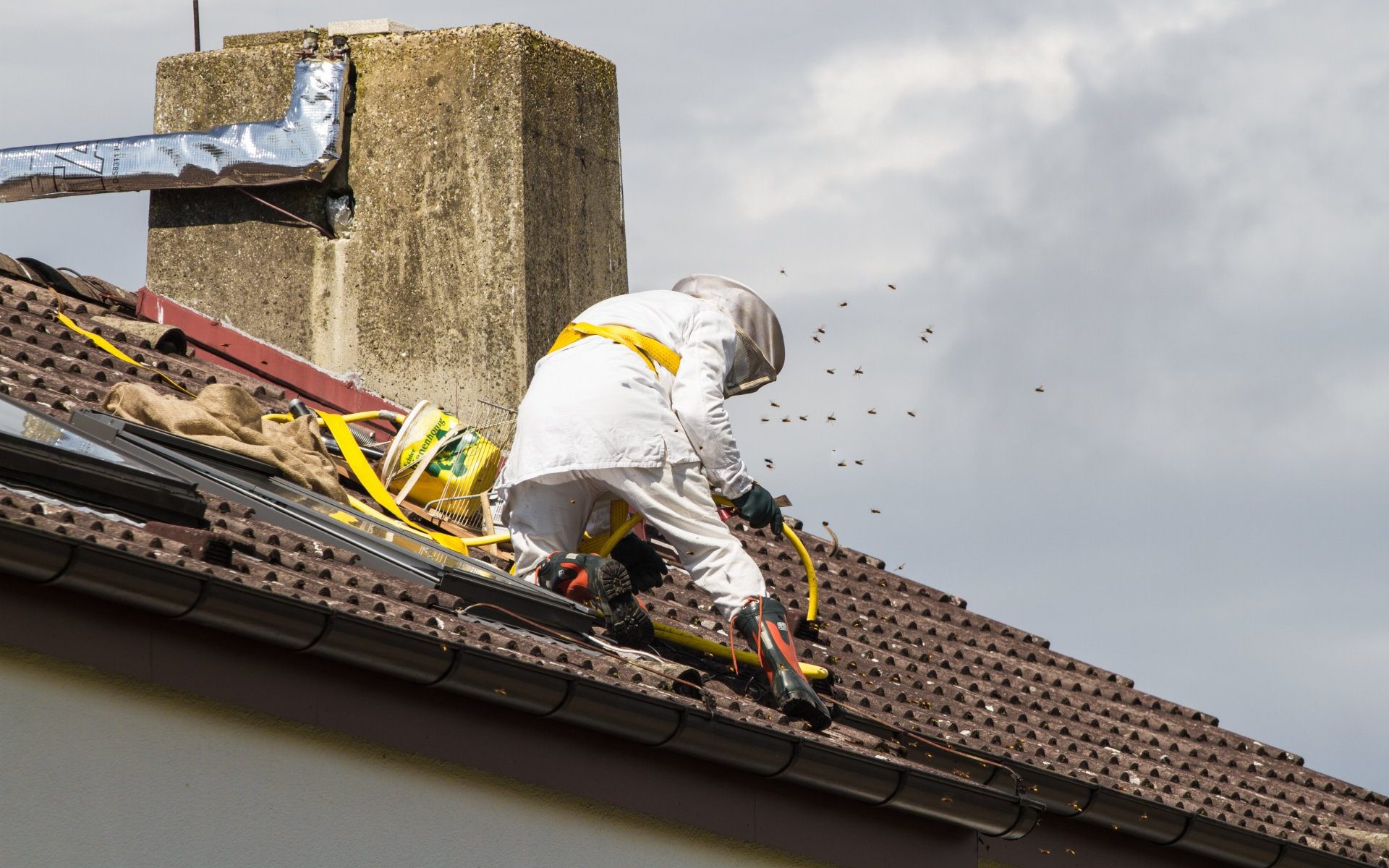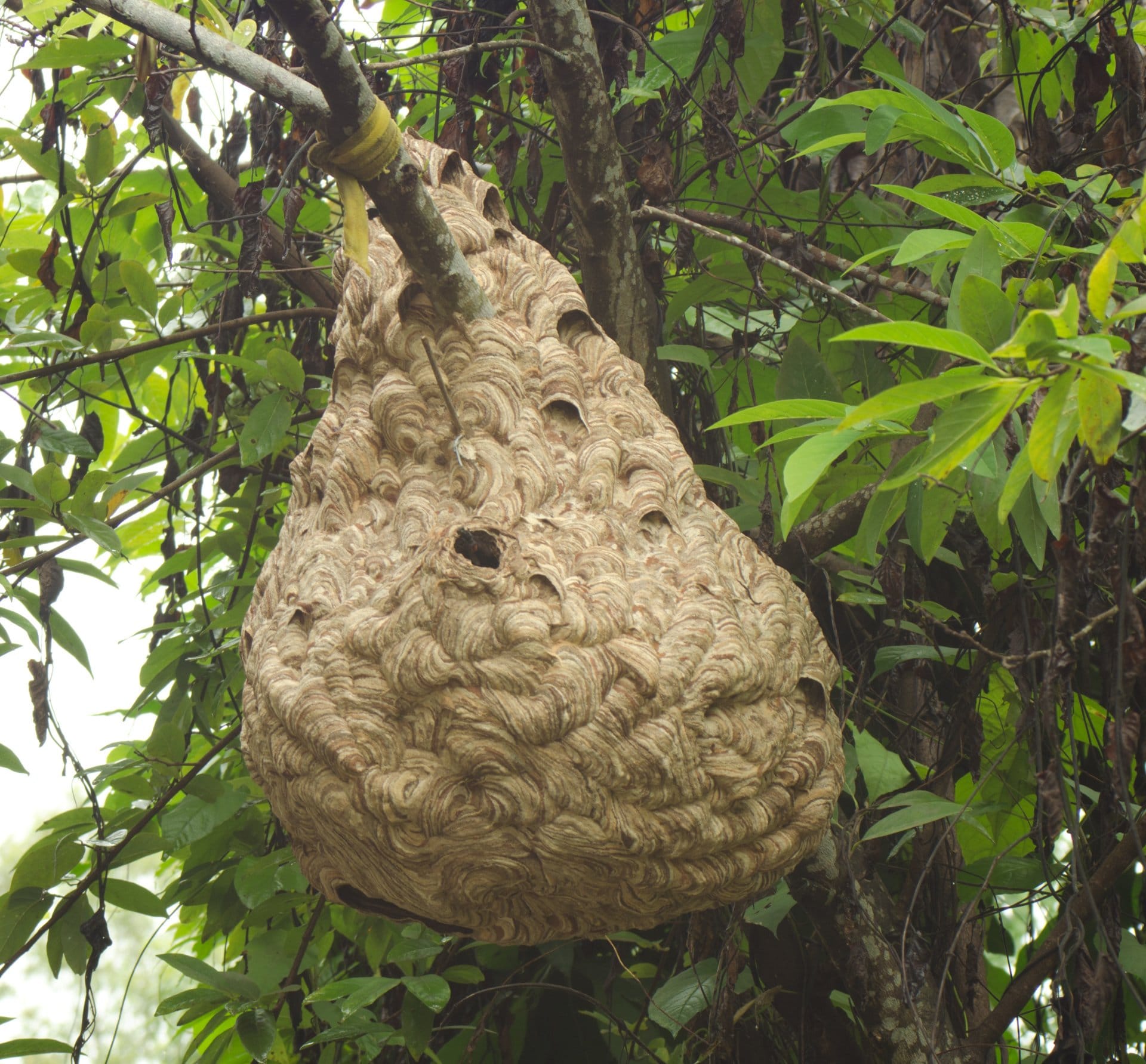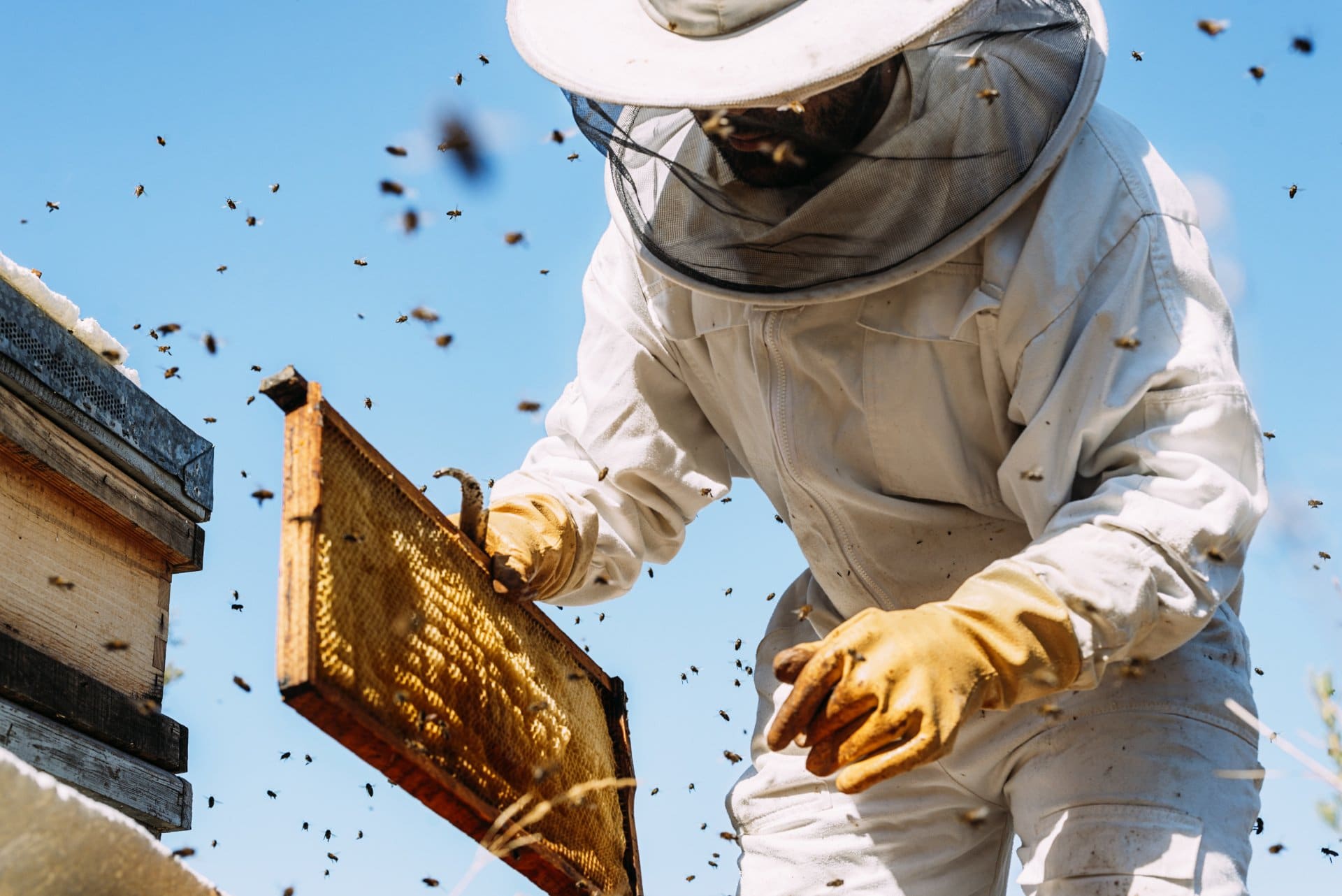
If you’re reading this article, you probably suspect or have confirmed the presence of mice. Maybe you’ve heard the creepy scratching in the walls just while you’re trying to fall asleep. Or perhaps you’ve come home from a beautiful evening, turned on the light, and seen the scream-inducing dart of black, brown, or gray across the kitchen floor.
And then there’s your famous almond-infused muffins for your church group. You left them out overnight. In the morning, you noticed little holes nibbled through the plastic wrap. And now you want to know how to get rid of mice. Completely. As in yesterday.
We might be a professional pest control company, but we’re also homeowners. There are parts of this problem that you can solve yourself. And there are parts of the problem that might encourage you to hire a professional. I’ll give you the information you need so you can decide.
So here is what you need to know to get rid of mice.
Why do I have mice?
There is one thing that Midwestern want: A warm place to curl up in the winter. You likely will hear scratching or worse, see that scream-inducing little thing during the fall and winter. That is because mice are drawn, like we are, to places that are warm and safe.
Warm air can be escaping from doors you leave open as you bring in groceries or carry out the garbage. And hey, we all have children who forget to close the door behind them. We know how that happens. Or maybe you’ve got a remodeling project going on and workers traipsing in and out.
Having mice usually isn’t about anyone’s carelessness, however. Rather, the warm air that is escaping from your house in spots you don’t see or know about. But the mice sure feel it as they scurry along outside.
Warm air escapes through holes and cracks in your foundation. You can lay all the traps that your paycheck can afford, but if you’ve got holes and cracks in the trim around your windows or in that foundation that you haven’t spotted, you are sending a handwritten invitation to mice. That invitation reads, “Come toward this home! You will find warmth and a safe place with food so stop on in!”
You don’t have mice because you’re a messy homeowner. You have mice because you the warm air from inside your home acts like a tractor beam for those little critters.
Also Read: The Best Ways to Get Rid of Mice this Spring
What can I do to get rid of mice?
Here are a number of proven methods for getting rid of mice:
Proven Method #1: By traps to deal with the mice you’ve seen and the ones you haven’t
You’re going to want to buy a bunch of traps All kinds. Sticky traps and traditional wood traps. Just purchase whatever looks interesting to you on the shelf at Home Depot or Ace.
But remember you need to think about your comfort level. Sticky traps are fantastic unless you’re squeamish. If you lay a sticky trap, the mouse will be alive when you find it, and the mouse will be agitated and afraid and active. Are you prepared for that?
Also Read: Winterizing Your Home Against Rodents
Some folks just are not fearful or squeamish at all. We know of one grandma that used sticky traps. AND SHE RE-USED THEM! But she also lived through the Depression. You might not be quite so…hardy.
Proven Method #2: Use the proper bait for your traps
We all grew up watching Tom and Jerry on television. But cheese isn’t a great bait. Cheese dries out. And other baits that people try, like bacon, have the same problem.
You do not want to choose a bait that dries out because its shrinks and gets a bit smaller, and then it is easier for a crafty mouse to grab and enjoy. He’ll think you’re the greatest host in the neighborhood and keep coming back for more.
Now peanut butter, on the other hand, is excellent bait. Peanut butter is goopy and sticky. It stays where you have placed it. Check out this YouTube video, How to Catch Mice with Peanut Butter.
You’re going to want to place the traps near where the mice are coming in. Perpendicular to the baseboards is best. You will need to do some investigation to figure out where the mice are coming in and out. But once you do, you’re golden.
One of us here remembers figuring out that there was a quarter inch gap in the foundation behind a water heater. That’s where they were getting in and out. I placed a bunch of traps around the baseboards in that whole utility room. Problem solved!
Proven Method #3: Pellet bait, although we prefer you not kill mice
Pellet bait is really effective for getting rid of mice. The mice eat it. They go back to their nest. The pellet poisons them, and they die.
The upsides of pellet bait are that you won’t have to deal with a live or dead mouse in the trap.
But there are downsides of pellet bait. First, you will need to worry about mice stinking up your house as they die and as their bodies decompose. (Sorry to be graphic, but we are talking about the eradication of a rodent.)
Second, if you’re a pet owner, you need to protect your pet. Plastic pet covers exist to ensure your pet won’t eat the pellet bait.
Proven Method #4: Keep them out by plugging the holes they squeeze through
You’re going to need to find those holes and it may mean having to pull out the bread drawer, book case, etc. Where have you seen evidence of the mice, like little poop pellets? Look there.
You’re going to need to caulk up the gaps, repair rotten wood around windows and basement windows. It’s a good idea to shove steel wool (which mice can’t chew through) into the cracks of things you can’t repair, such as in a 100-year-old round field stone fireplace.

When you need to call a professional
Honestly, you can do most of this work yourself so let us offer this advice: The smartest way of getting rid of mice is to first find all those holes and gaps into your house that often can be so small you won’t want to believe it.
If you have done your best but just cannot locate any mice-friendly ports of entry, that’s when you need to call Environmental Pest Management Systems.
If you’ve gone over every inch of your home, laid traps and introduced pellets, and if you’re still hearing that creepy scampering in your walls or overhead, then please call us!
Also Read: What’s The Best Method of Pest Control for Apartments?
We are really good at figuring out where rodents are getting in. Blocking ports of entry is the most cost-effective and humane way to solve the problems caused by this urban and rural pest.
Don’t give unwelcome mice another thought. Call us at 952-432-2221.
And, by the way, we know how to handle a lot of other pests as well so keep that in mind.






